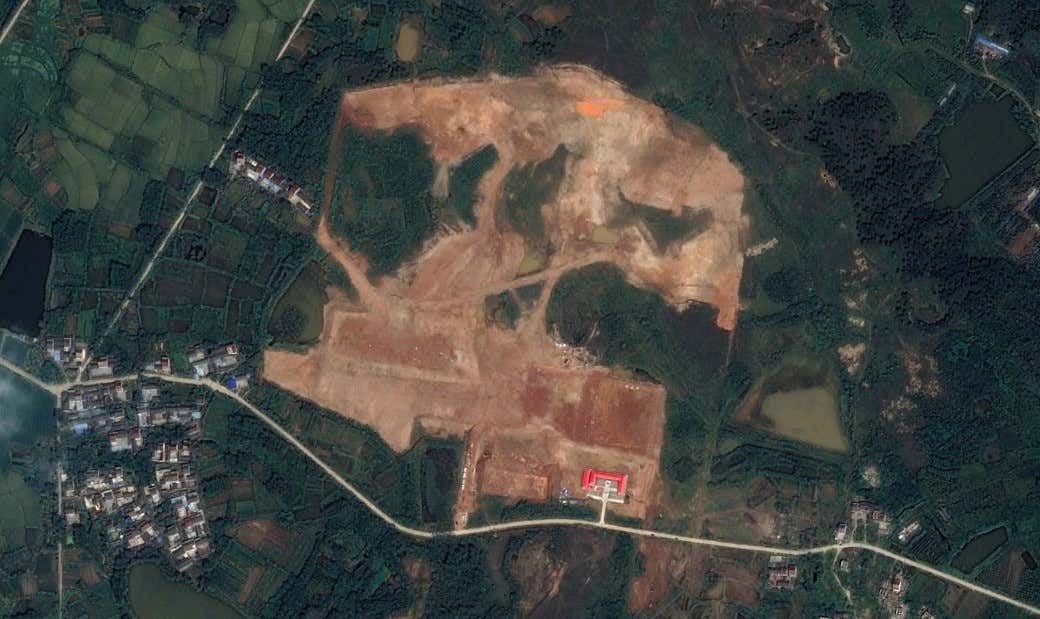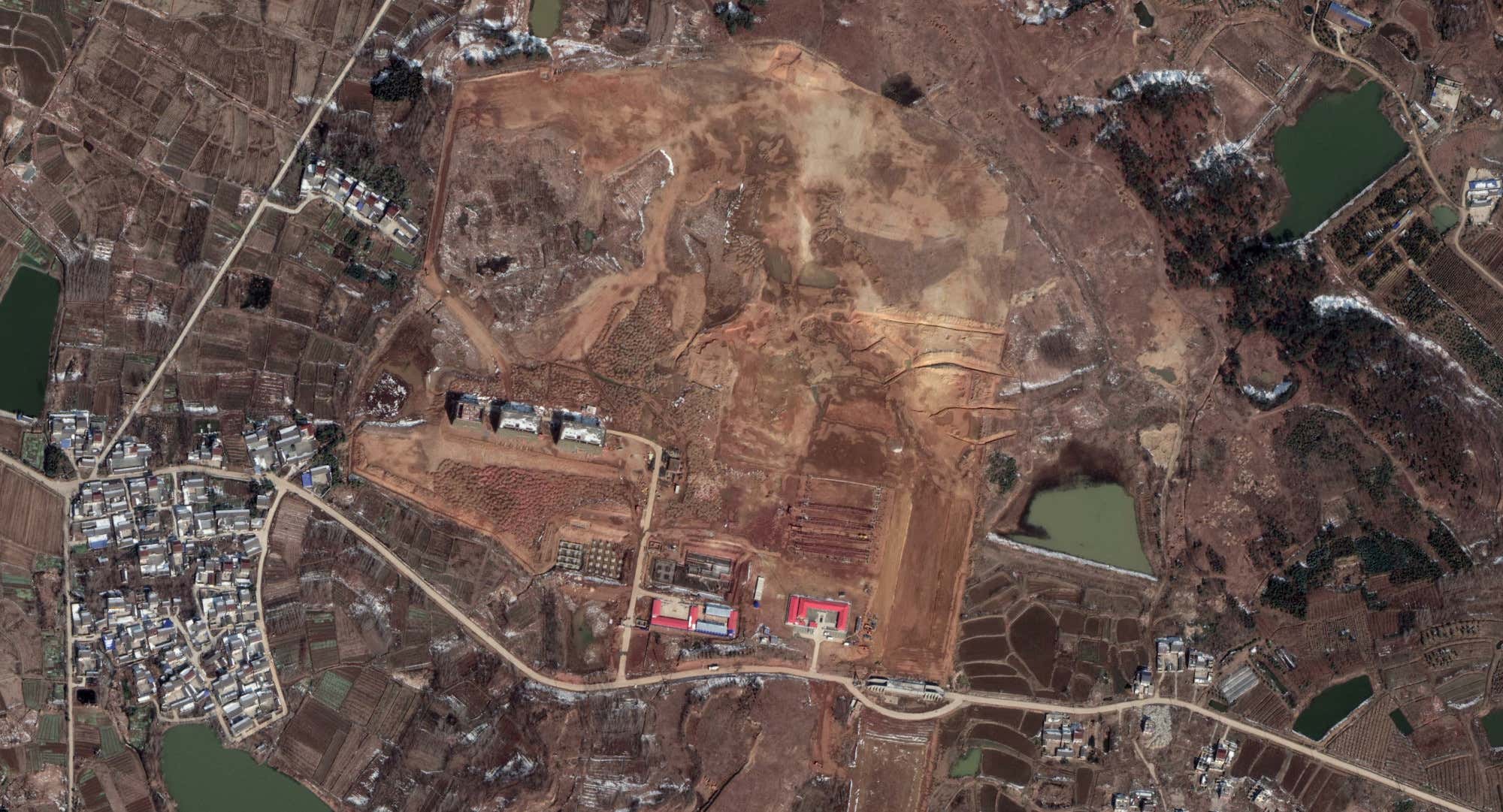China's Mystery Base Emerges; Sat Images Expose Xi's Sinister Plans

PHOTO © 2021 PLANET LABS INC. ALL RIGHTS RESERVED: A satellite image showing the large hangar, as well as associated facilities and the surrounding security perimeter, forming a detached extension at PLAAF's Luhe-Ma'an Air Base
Over the past few years, satellite imagery has shown a unique hangar and support facility emerging at a Chinese People's Liberation Army Air Force bomber base in the eastern part of the country. This self-contained installation, which is detached from the main base and sits inside its own high-security perimeter, appeared ahead of reports that one of the units at this base, the 30th Air Regiment, appeared to be operating the WZ-8, a large high-speed and high-flying rocket-powered spy drone designed to be launched in mid-air from the H-6N missile carrier aircraft. The construction has also come amid persistent rumours about the imminent public debut of China's H-20 stealth bomber.
Imagery that The War Zone obtained and otherwise reviewed from Planet Labs, as well as Google Earth, shows that work on this secluded addition to Luhe-Ma'an Air Base, which is situated less than 30 miles to the north of the city of Nanjing, the capital of China's eastern Jiangsu province, began around 2017. The new hangar is around 265 feet long and 245 feet wide, as well as being quite tall, as is evident from the three rows of large windows visible on the side facing away from the apron.

GOOGLE EARTH The detached area at Luhe-Ma'an Air Base under construction in 2017

GOOGLE EARTH The same area, showing new structures, in 2018
The apron has around 3,15,000 square feet of open space. In addition, at the top left corner, there is what looks to be an engine run-up area that is 172 feet wide. There are outlines of what could be spots for additional planned hangars adjacent to the apron, as well.
Satellite imagery also shows that, in 2020, construction began at another large site just to the northeast of where the large hangar and its apron are situated. However, it is not clear if these facilities are at all associated with Luhe-Ma'an. There do not appear to be any direct connections between this other site and any part of the base. The extension to the air base had been built on what previously appeared to be farmland and much of the surrounding area still looks to be filled with agricultural enterprises.
Of course, these are just a few possibilities as to what the PLAAF might be using this hangar and its adjacent facilities for. Its purpose could be completely unrelated to either the WZ-8, the H-20, or nuclear weapons.
Regardless, the large hangar at Luhe-Ma'an, and the other associated infrastructure hidden away within its security perimeter, underscore the presence of some significant and sensitive activity going on at the base. With core elements of this detached extension to the base now looking largely finished, new hints about exactly how the PLAAF may begin to emerge.



No comments:
Post a Comment